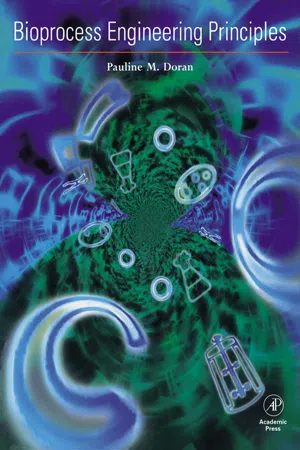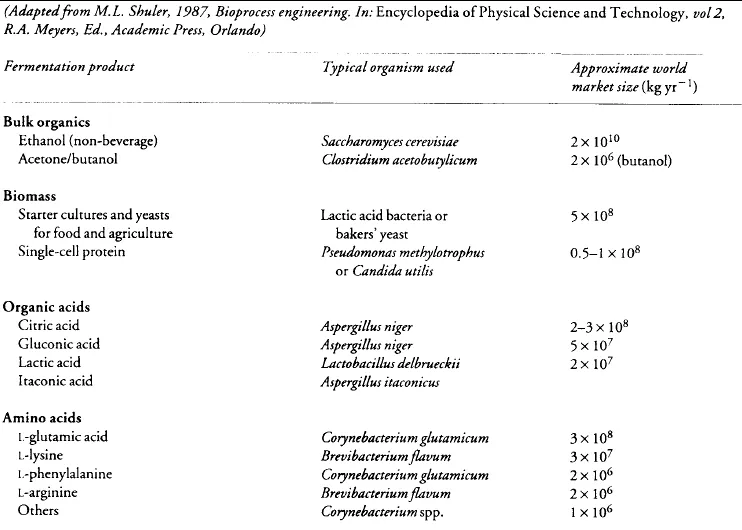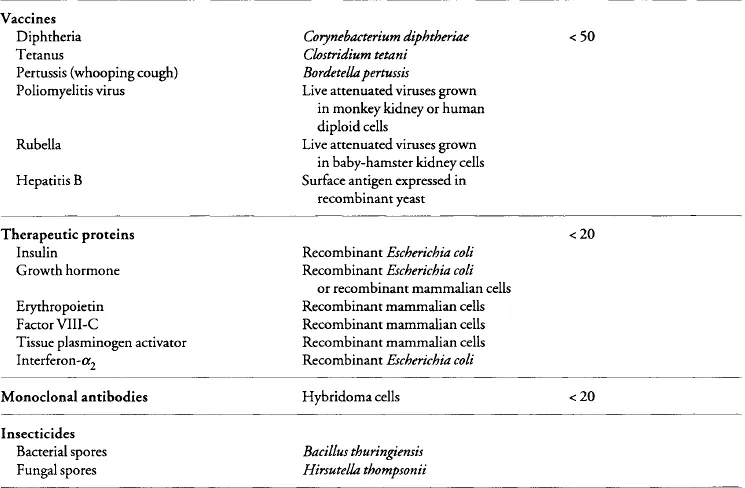
- 439 pages
- English
- ePUB (mobile friendly)
- Available on iOS & Android
Bioprocess Engineering Principles
About this book
The emergence and refinement of techniques in molecular biology has changed our perceptions of medicine, agriculture and environmental management. Scientific breakthroughs in gene expression, protein engineering and cell fusion are being translated by a strengthening biotechnology industry into revolutionary new products and services. Many a student has been enticed by the promise of biotechnology and the excitement of being near the cutting edge of scientific advancement. However, graduates trained in molecular biology and cell manipulation soon realise that these techniques are only part of the picture. Reaping the full benefits of biotechnology requires manufacturing capability involving the large-scale processing of biological material. Increasingly, biotechnologists are being employed by companies to work in co-operation with chemical engineers to achieve pragmatic commercial goals. For many years aspects of biochemistry and molecular genetics have been included in chemical engineering curricula, yet there has been little attempt until recently to teach aspects of engineering applicable to process design to biotechnologists.This textbook is the first to present the principles of bioprocess engineering in a way that is accessible to biological scientists. Other texts on bioprocess engineering currently available assume that the reader already has engineering training. On the other hand, chemical engineering textbooks do not consider examples from bioprocessing, and are written almost exclusively with the petroleum and chemical industries in mind. This publication explains process analysis from an engineering point of view, but refers exclusively to the treatment of biological systems. Over 170 problems and worked examples encompass a wide range of applications, including recombinant cells, plant and animal cell cultures, immobilised catalysts as well as traditional fermentation systems.* * First book to present the principles of bioprocess engineering in a way that is accessible to biological scientists* Explains process analysis from an engineering point of view, but uses worked examples relating to biological systems* Comprehensive, single-authored* 170 problems and worked examples encompass a wide range of applications, involving recombinant plant and animal cell cultures, immobilized catalysts, and traditional fermentation systems* 13 chapters, organized according to engineering sub-disciplines, are groupled in four sections - Introduction, Material and Energy Balances, Physical Processes, and Reactions and Reactors* Each chapter includes a set of problems and exercises for the student, key references, and a list of suggestions for further reading* Includes useful appendices, detailing conversion factors, physical and chemical property data, steam tables, mathematical rules, and a list of symbols used* Suitable for course adoption - follows closely curricula used on most bioprocessing and process biotechnology courses at senior undergraduate and graduate levels.
Frequently asked questions
- Essential is ideal for learners and professionals who enjoy exploring a wide range of subjects. Access the Essential Library with 800,000+ trusted titles and best-sellers across business, personal growth, and the humanities. Includes unlimited reading time and Standard Read Aloud voice.
- Complete: Perfect for advanced learners and researchers needing full, unrestricted access. Unlock 1.4M+ books across hundreds of subjects, including academic and specialized titles. The Complete Plan also includes advanced features like Premium Read Aloud and Research Assistant.
Please note we cannot support devices running on iOS 13 and Android 7 or earlier. Learn more about using the app.
Information
Bioprocess Development: An Interdisciplinary Challenge




1.1 Steps in Bioprocess Development: A Typical New Product From Recombinant DNA

Table of contents
- Cover image
- Title page
- Table of Contents
- Copyright
- Preface
- PART 1: Introduction
- PART 2: Material and Energy Balances
- PART 3: Physical Processes
- PART 4: Reactions and Reactors
- APPENDICES